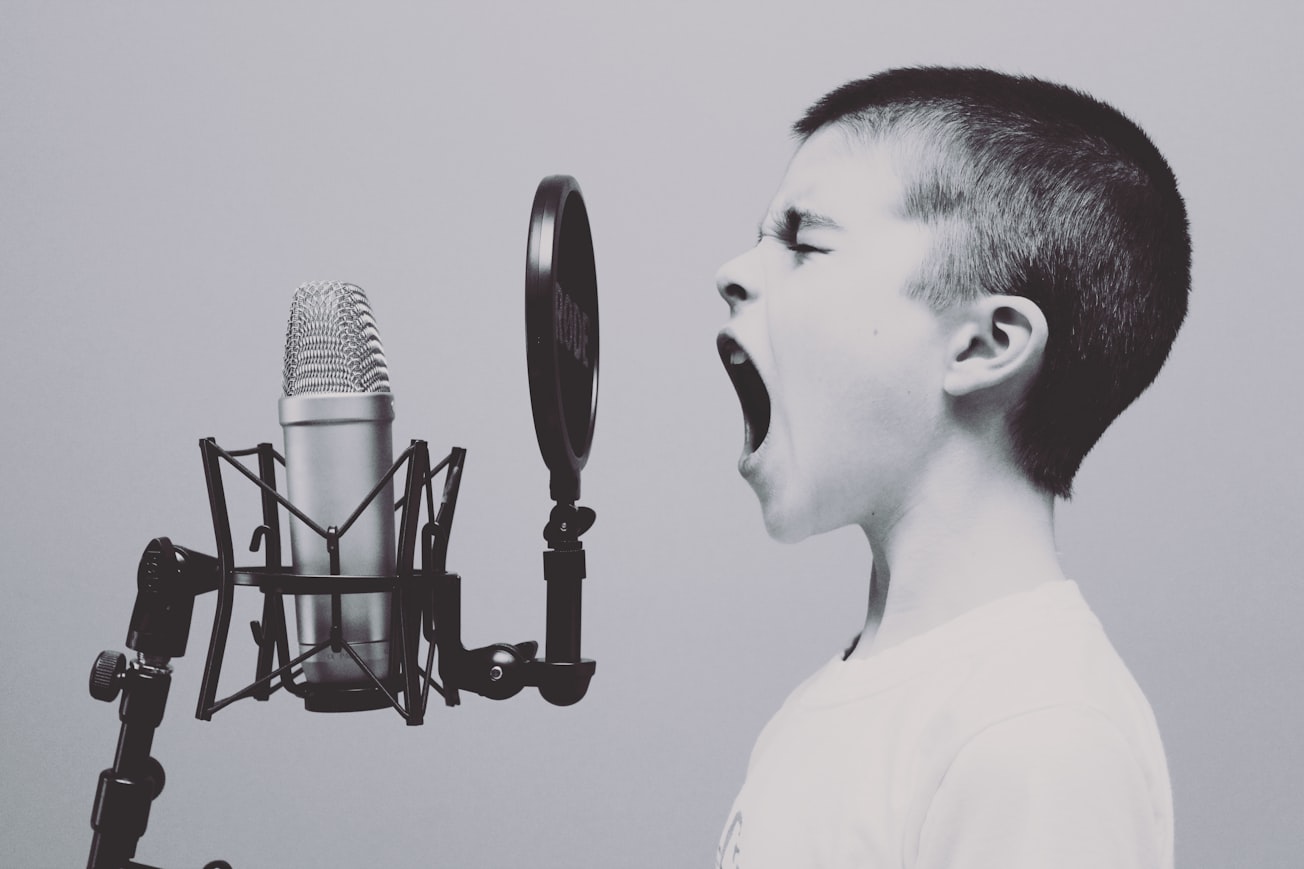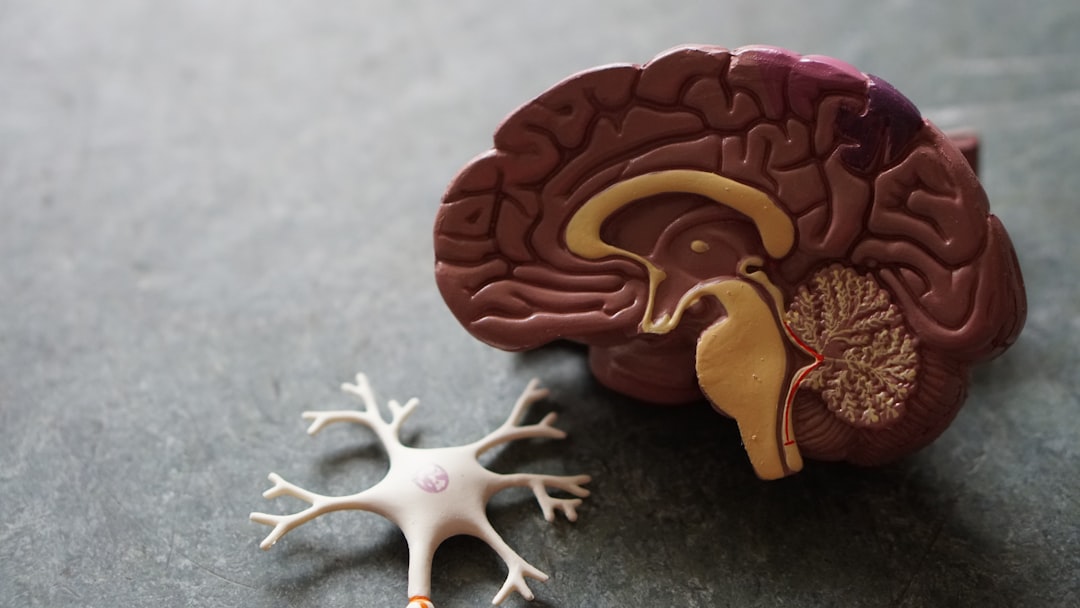What is it about?
Speech-language pathologists describe how an individual’s voice sounds using characteristics such as breathiness, roughness, strain, pitch, and loudness. Understanding how listeners use these characteristics to judge the severity of a voice disorder (dysphonia) helps determine if one or some of the voice characteristics is/are weighed more heavily when determining the severity of the voice disorder. It turns out the voice characteristics that were used were slightly different depending on the sex of the speaker and the kind of scale the listener used to make the judgement.
Featured Image

Photo by Jason Rosewell on Unsplash
Why is it important?
Understanding which voice characteristics lead to a voice disorder sounding more severe or less severe helps speech-language pathologists select voice targets in voice therapy sessions. It also helps us understand what about a voice is being described when a voice is characterized as mildly, moderately, or severely disordered (dysphonic).
Read the Original
This page is a summary of: Individual Voice Dimensions' Prediction of Overall Dysphonia Severity on Two Auditory-Perceptual Scales, Journal of Speech Language and Hearing Research, August 2022, American Speech-Language-Hearing Association (ASHA),
DOI: 10.1044/2022_jslhr-21-00689.
You can read the full text:
Contributors
The following have contributed to this page










